Stem Cell Treatment Glastonbury
A Sure Solution for Healing Your Body
Stem cell therapy harnesses your body’s natural healing ability by using stem cells to treat musculoskeletal injuries and conditions like arthritis and soft tissue injuries.
Dr. Paul Tortland was the first doctor in New England and among the first in the United States to start performing stem cell-based treatments. The New England Stem Cell Institute in Glastonbury is a national leader and pioneer in stem cell therapy, and all the stem cell-based treatments that they perform use cells from your OWN body, typically derived from bone marrow or fat. Today, they still lead the way, offering an unsurpassed level of skill and expertise in stem cell treatment.
Why Choose New England Stem Cell Institute for Stem Cell Treatment?
- Able to Non-Surgically Heal Muscle, Tendon, & Ligament Tears
- Non-Invasive Solution to Chronic Neck & Back Pain
- Treatment Provided By Renowned Experts
Our History With Stem Cell Treatments
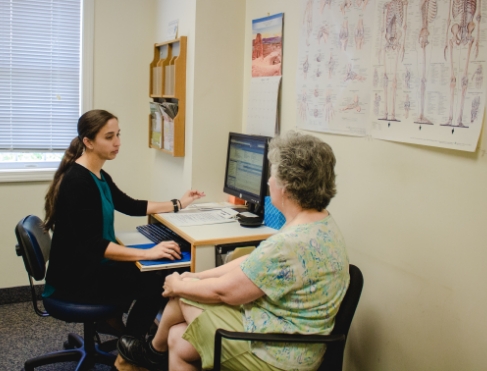
We began performing bone marrow-derived stem cell treatments in 2008 and fat-derived stem cell treatments in 2009 – we were the first in New England for both and among the first in the entire country. Few practices in the country have our level of skill and experience with these therapies, and we’re proud to lead the way.
The Uniqueness of Stem Cells
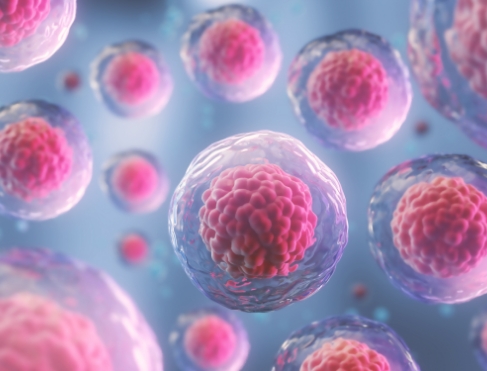
Stem cells are naturally occurring cells in the body that have the potential to turn into other types of cells and body tissues. They also provide an important signaling function, recruiting other stem cells to the target area and triggering nearby cells to begin the repair process. In fact, most scientists think that this messenger activity is the main way that stem cells work.
Contrary to what most people think, including most physicians, stem cells do NOT work their magic by differentiating into new tissue. Instead, they largely act as high-powered messengers that signal other cells—including other dormant stem cells—in and around the damaged tissue to turn on and begin the healing process.
Think of stem cells as the conductor of an orchestra. By himself or herself, the conductor can only make a little music (if he/she plays the piano or violin, for example). But when directing an orchestra—with LOTS of other musicians—the conductor can coordinate the performance of an entire symphony!
Our Stem Cell Therapies
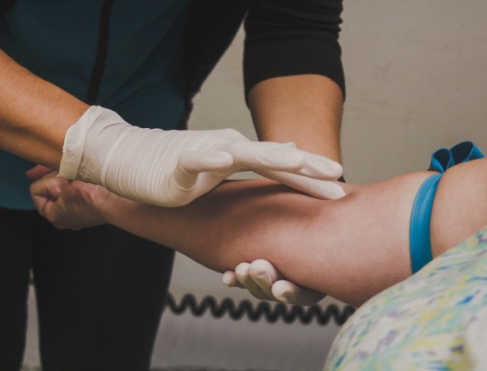
It’s important to note that currently there is no such thing as a pure stem cell treatment. Whether derived from bone marrow or fat, the solution that gets injected contains many types of cells, not just stem cells. It also contains healing proteins and growth factors. It’s a total package of stem cells, other cells, and the associated proteins and growth factors that are involved in the healing response.
Not all Stem Cell Treatments are the Same!
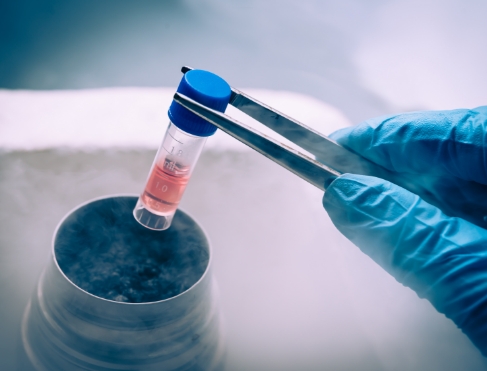
While the use of stem cells is gaining in popularity, it’s important to note that not all stem cell treatments are the same. How the stem cells are obtained and how they’re processed can have a major impact on effectiveness. In addition, even the best stem cell products will be minimally effective if not administered properly. At the New England Stem Cell Institute, we use the latest technology to harvest your stem cells to ensure the highest quality product. We also perform all of our injections under direct ultrasound guidance so you can be assured of the safest, most accurate, and most effective treatment.
What Types of Stem Cells Will Be Used in My Treatment?
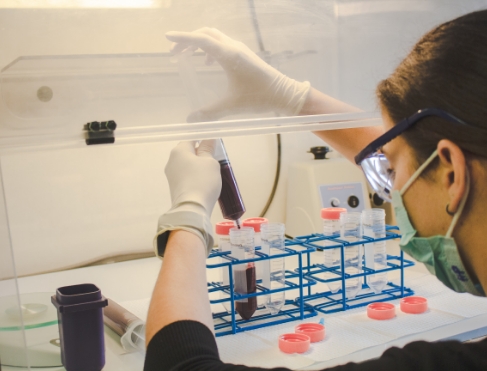
Our doctors here at the New England Stem Cell Institute use mesenchymal stem cells (MSCs) for treatment. The cells are obtained from either your own bone marrow or your fat using gentle, minimally invasive techniques right here in our office. We do not use embryonic stem cells.
These adult stem cells have the exceptional ability to help direct the healing of cartilage, tendon, ligament, muscle, nerve, bone, skin, and fat cells — virtually every type of tissue except blood cells.
Cells from both bone marrow and fat have been shown to have excellent healing potential. Whether we use cells from fat or from bone marrow depends on several factors including your age and the nature of the injury being treated.
Harvesting Cells from Bone Marrow
Your doctor can harvest cells, including stem cells, from your bone marrow using a local anesthetic and a revolutionary device that reduces the time it takes to extract the stem cells. After the area is fully numbed with anesthetic, a special needle is inserted into the back of your hip in an area where the bone marrow is packed with regenerative cells. The marrow cells are drawn into a syringe, at which point they’re ready to inject. The entire process of harvesting the cells, from preparation to injection, takes less than 15 minutes.
Harvesting Cells from Adipose Tissue (Body Fat)
To harvest regenerative cells and stem cells from your body fat, our doctors at the New England Stem Cell Institute first numb the skin with a local anesthetic, insert a thin wand into the targeted fat, and inject a solution containing sterile water and anesthetic. This numbs up the fat, so the harvesting process is entirely painless. It also softens the fat to help make it easier to draw out. After the numbing solution sits in the fat layer for 15 - 20 minutes, your doctor will insert a different wand into the fat and gently suction it out.
The harvested fat is then processed on-site while you wait (this often only takes about 10 - 15 minutes). The processing breaks the fat up into microscopic-sized particles that not only make it easy to inject into a damaged area, but also help release the regenerative cells and stem cells so they can begin to work. From the start of the procedure to your injection, the entire process takes about 60 - 80 minutes.
What Should I Expect During Stem Cell Treatment?
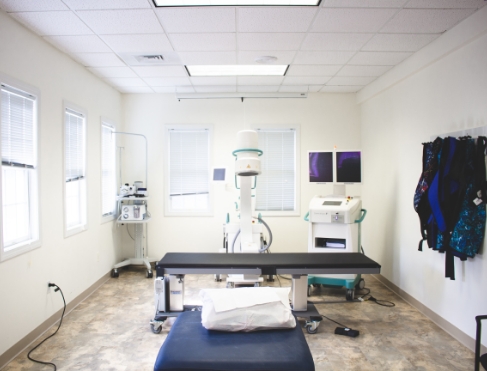
Once your stem cells are harvested, they’re injected directly into the damaged tissues using ultrasound or fluoroscopic X-ray imaging to guide the needle. All treatments are done right here in our Glastonbury office using local anesthetics. For those who are more anxious about getting the treatment, we offer nitrous oxide (“laughing gas”) during the procedure for a small additional fee. This is completely safe and very effective at calming any lingering nerves.
What Conditions Can Be Treated with Stem Cell Therapy?
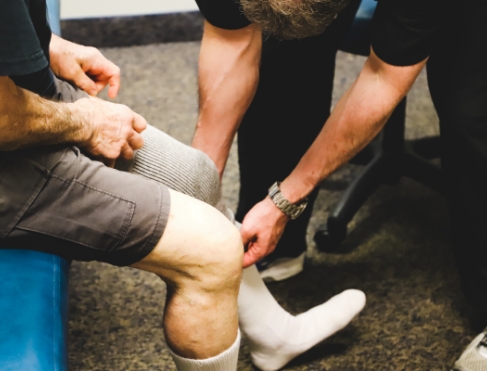
Stem cell-based treatments can be used to address most types of bone and soft tissue injuries, such as:
- Osteoarthritis
- Meniscus tears (knees)
- Labral tears in the hips and shoulders
- Rotator cuff tears
- Neck and back pain
- Degenerative disc disease
- Partial ACL tears in the knee
If you suffer from ongoing pain and slow-healing tissues, call us at the New England Stem Cell Institute or request an appointment online to learn if you’re a good candidate for stem cell-based treatment.
Stem Cell Treatment Frequently Asked Questions
Is stem cell treatment safe?
When performed by a qualified physician using a patient’s own stem cells, this treatment is extremely safe, more so than some prescription medications! Because we only use stem cells harvested from a patient’s body, this reduces the chances of complications to almost zero. Our processing methods are also much more refined compared to other clinics because we’ve been doing it for longer, and all our injections are performed using either ultrasound guidance or fluoroscopic X-ray imaging, meaning the treatment (and needle) goes exactly where it is supposed to.
How long does stem cell treatment take?
A single stem cell therapy session may take a few hours between harvesting, refining, and injecting the cells, and this will happen only after the patient has undergone a thorough examination to determine where the treatment needs to be applied. Thankfully, it can be done on an outpatient basis, so there is no need for downtime afterward. After a round of injections, it may take a few weeks (three to eight on average) before a patient starts to notice a difference when it comes to their pain, function, and stability.
How much does stem cell treatment cost?
To get the best results, it’s usually recommended that a patient undergo multiple rounds of stem cell therapy, with each one incurring its own cost. The number of rounds can be different depending on a patient’s timeline, recovery goals, and the severity of their injury. The truth is that there is no flat rate for stem cell treatment, and the only way to get a concrete idea of the price is to discuss your situation with a qualified doctor and be evaluated by them. The effectiveness of this method largely relies on personalization, so don’t trust doctors or clinics that claim they can fix your problem using a predetermined amount of injections!
Will my insurance cover stem cell treatment?
Right now, stem cell therapy is typically not covered by medical insurance. This is because the treatment is relatively new and not as common compared to other methods (such as medication and surgery) to address musculoskeletal issues and injuries. If you are concerned about being able to afford it, be sure to talk to our team, and we will be more than happy to work with you to come up with a payment plan that comfortably suits your budget.
